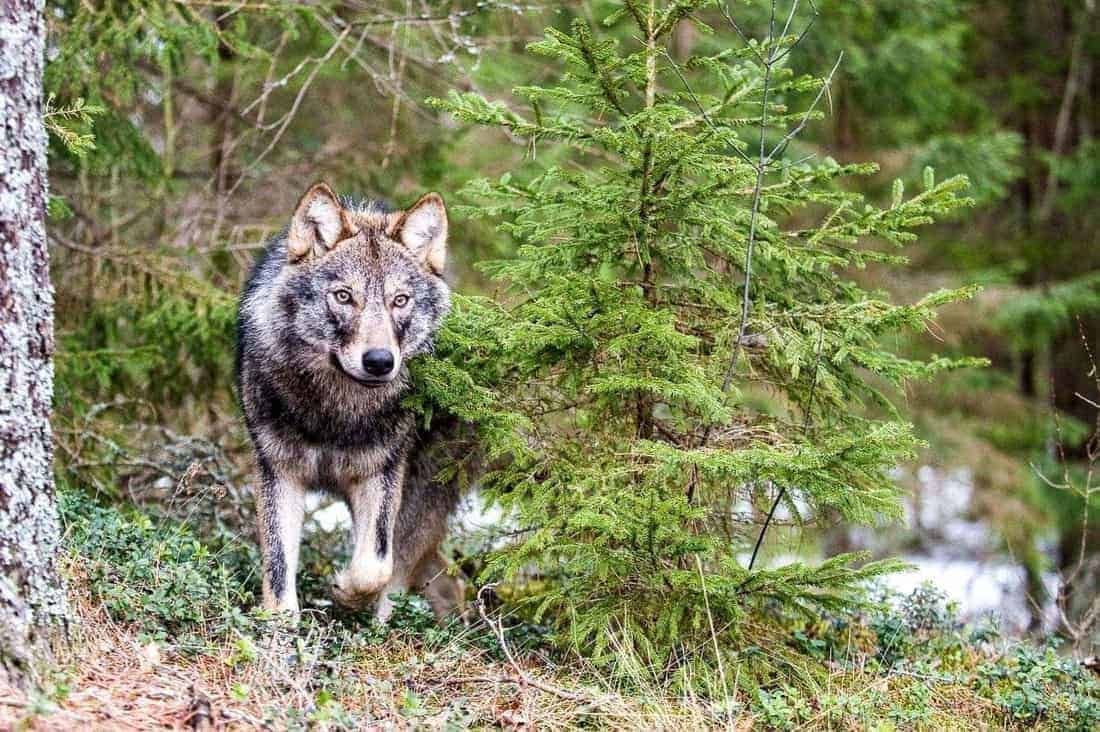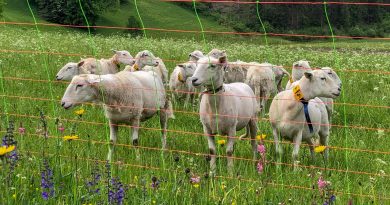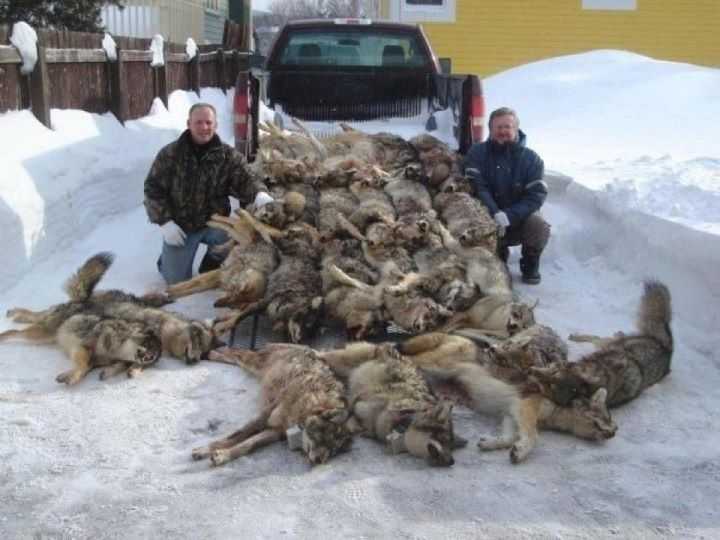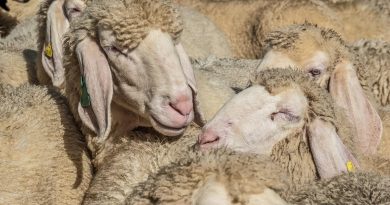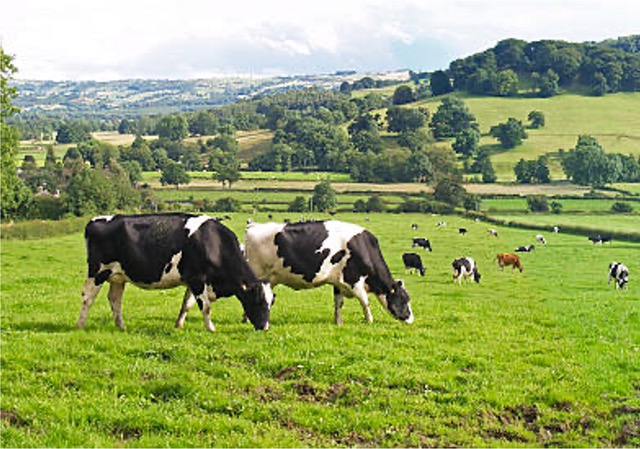The Routes of Transhumance in Abruzzo
In and around Caramanico Terme, in the region of Abruzzo, it is possible to discover and get to know some of the most interesting places of the historical, artistic and environmental heritage of this territory, so strongly characterised by the millenary practice of pastoralism. Transhumance used to play an important role in the region, with routes going all the way from L’Aquila to Foggia, among others. Nowadays you can discover the cultural heritage around Caramanico on foot, exploring locations in the entire region belonging to the same category of cultural heritage that are highlighted with special thematic circuit signs. It is a system of interwoven itineraries that retrace the ancient routes of transhumance, the seasonal movement of flocks that has strongly characterised the environment and culture of Abruzzo for millennia, rediscovering places that still retain clear traces of the ancient route.
Pastoralism and Transhumance
Sheep and Goat Breeding
Since ancient times, sheep farming has played a central role in the economy of the Maiella area, and many of its techniques, now centuries old, were still fully in use only a few decades ago.
Raising sheep and goats, in fact, has always allowed man to obtain important products for everyday life, such as fleece (skins and furs) for covering oneself, wool for spinning, meat and milk (cheese, ricotta, etc.) for food, and manure to fertilise the fields.
This productive framework changed considerably in modern times with the progressive selection of breeds for meat, milk, wool or fur, and others with mixed aptitudes, i.e. capable of providing several products at the same time.
The Methods of Breeding
Pastoralism has preserved traditional techniques for the production of cheese and its derivatives, and probably also the methods of animal husbandry. Today, in fact, in the area of Caramanico, Roccamorice, Sant’Eufemia, etc. on the slopes of the Maiella, sheep and goat breeding is presented with a strongly unified organisation of work among the various smallholders, preserving a tradition of ancient origin.
The farmers, mostly smallholders, keep their flocks (sheep and goats) inside the sheds from November to March. After the long period of winter captivity, these flocks are gathered into larger groups, each of which can reach between 250 and 300 head.
The “Massaro”
The “capo morra” or “massaro”, i.e. the one responsible for the management of the group, is appointed on the day of measurement, which is traditionally 1st of May; on this date, each herd is subjected to the ritual milking, which is intended to verify, accurately, the individual milk capacity. In fact, the grazing days and the daily products (milk, cheese and ricotta) to which each owner is entitled depend solely on the overall number of galettes filled during the measuring day. Before putting the animals into a single flock, each owner makes his animals recognisable by a mark.
Transhumance: Historical movement (around 120 days) of the herds from spring and summer grazing (Abruzzo) to autumn-winter grazing (Apulia), along routes known as Tratturi.
Galetta: (from the Greek gala – milk) special metal container to store the freshly obtained milk (in the past it was made of wood or ceramic).
Characteristics of Local Breeds
Sheep Breeds
The common name for sheep and goats can include numerous breeds belonging to the Ovis and Capra species of the Bovidae family.
Tracing back with certainty to the type of animal – breed – that was once reared in these areas is a search that presents some difficulties. It is presumable, however, that it was a small sheep (around 40 kg, average weight) with no particular aptitudes, i.e. without specialisation towards a particular production sector (meat, milk, fleece, etc.).
Specialisations
In all likelihood, the breed in question was the Pagliarola, which was not bred in purity as we tend to do today with certain prized breeds; at one time, in fact, the concept of specialised breeding was not widespread and therefore recourse was made to cross-breeding between different animals.
More recently, with the general improvement of living conditions on sheep farms and the increased possibility of marketing the products of breeding in larger areas, sheep farming has turned towards more specialised milk or meat production.
Dairy Herd
After breeding meat animals for a long time, there is now a return to breeding sheep capable of producing milk for processing, following the ancient technique of cross-breeding.
The Goat
A separate discourse must be made for goat breeding, which has always had a strong aptitude for milk production, although in the past goatling meat was in great demand and well paid. Nowadays, the progressive change in food tastes, combined with the rarefaction if not disappearance of slaughter points, have led to a decline in demand for this type of meat.
The Selection
As far as breeds are concerned, it can be said that unlike sheep, a type of goat has always been bred that cannot be defined by the name of one of the currently recognised breeds (pure breeds). Selection to obtain animals with a greater capacity for milk production has been carried out by using the offspring of the goats with the best milk production in the replacement. For the last 10 years or so, the use of both billy and female goats of selected breeds has been used for better milk production.
Breed: set of individuals with particular characteristics, capable of transmitting them to their offspring.
Crossbreeding: mating between two individuals one or both of which are of a non-purebred breed.
Herding and Transhumance
Since ancient times, pastoralism has played a central role in the economy of the Maiella region, with many of its techniques still fully in use until a few decades ago. Even today in the Caramanico area, sheep and goat breeding has preserved the ancient tradition of a strongly united organisation of work among smallholders. On the other hand, the grazing method has changed; the classic transhumance between Apulia and Abruzzo has given way to that practised in smaller areas: semi-wild-herding.
Characteristics of Local Breeds
In all probability the breed present in the Maiella pastures was the so-called Pagliarola. Today, a return is being made to the breeding of sheep capable of producing milk, to be transformed into cheese and ricotta cheese, typical products of the area, following the ancient technique of cross-breeding.
The Resources of Maiella
Since the earliest times, man has used the resources of the territory to his advantage. He has extracted minerals from the rocks, he has regimented the waters of the rivers by channelling them towards the mill blades to grind grain. He began to cultivate the soil with increasingly advanced techniques through the use of modern mechanical means, in some cases upsetting the profile, colour and vegetation of the Maiella mountains.


